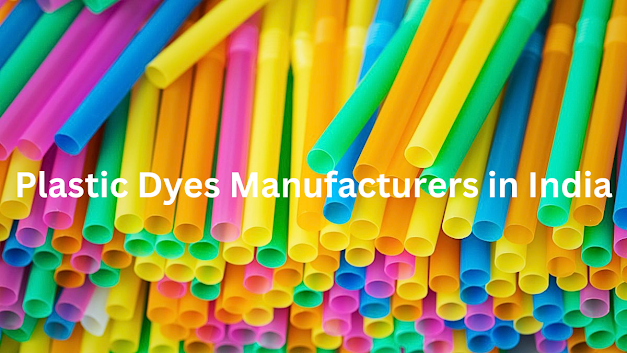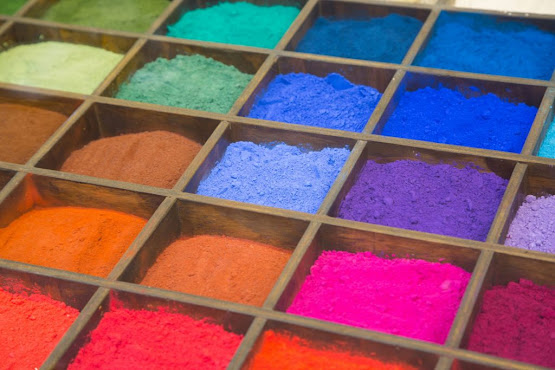What is the difference between Basic Dyes and Sulphur dyes?

Basic dyes and Sulphur dyes are two types of colorants used in textile dyeing. The main differences between them are: Chemical Structure : Basic dyes are water-soluble cationic dyes that are derived from bases such as Triphenylmethane, xanthene, or methylene blue. On the other hand, sulphur dyes are water-insoluble anionic dyes that contain sulphur -containing groups, such as thio groups. Dyeing Mechanism : Basic dyes manufacturers in India , are primarily used for dyeing acrylic and cationic dye able polyester fibers by forming an electrostatic attraction between the positively charged dye molecule and the negatively charged fiber surface. On the other hand, sulphur dyes are used for dyeing natural fibers, such as cotton, wool, and silk, by forming a covalent bond with the fiber surface. Color Fastness : Basic dyes have poor color fastness properties and tend to fade easily when exposed to light, water, or chemicals. On the other hand, sulphur dyes have excellent color fastness pr


